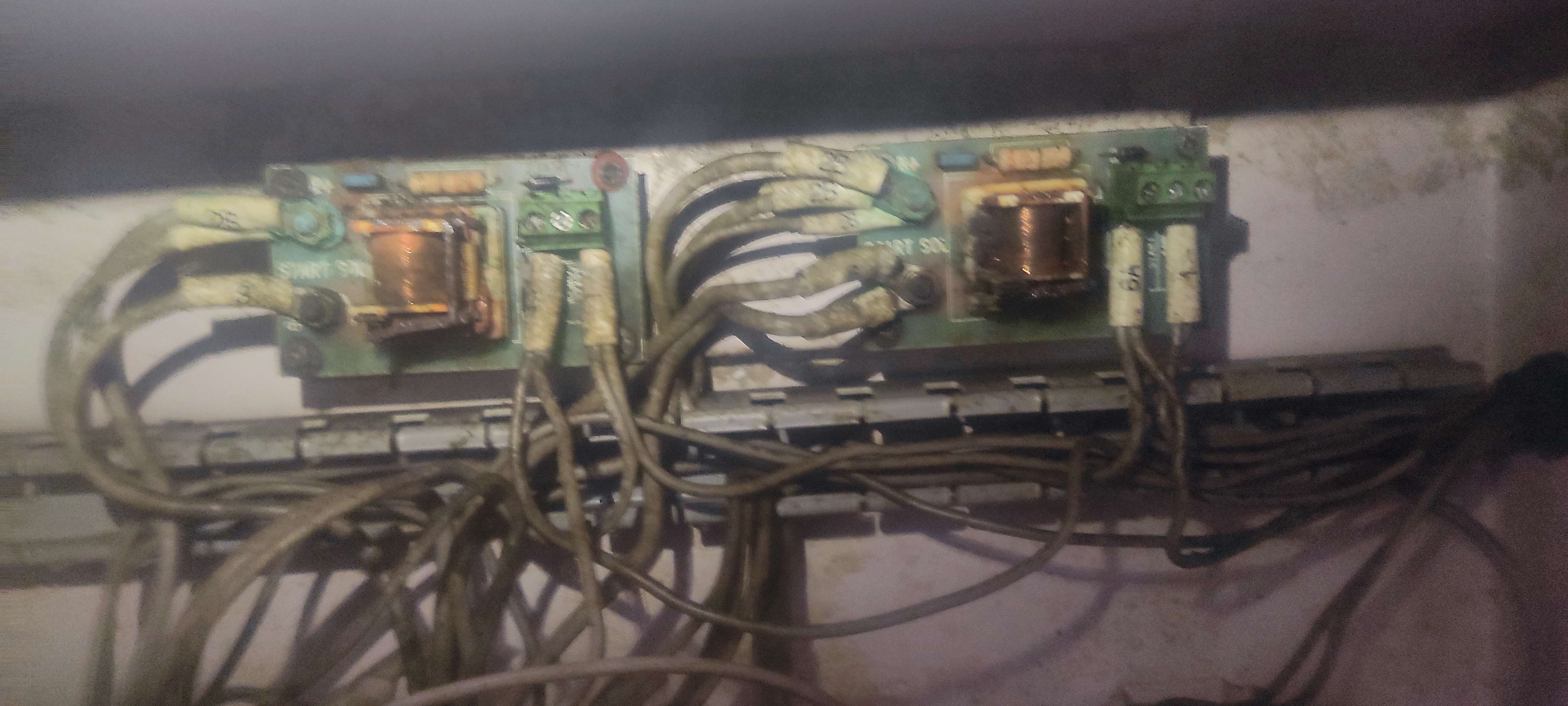
Controlling relay
A controlling relay is an electromagnetic device that uses an electrical signal to control the flow of electrical current to a circuit or device. It acts as a switch, allowing or interrupting the flow of current as needed. How does a controlling relay work? 1. Electromagnetic coil: When an electrical signal is applied to the coil, it generates a magnetic field. 2. Armature movement: The magnetic field attracts or repels an armature, which moves to make or break contact with a set of electrical contacts. 3. Contact switching: When the armature moves, it switches the contacts, either connecting or disconnecting the circuit. Types of controlling relays: 1. Electromechanical relays (EMRs): Use an electromagnetic coil to move mechanical contacts. 2. Solid-state relays (SSRs): Use semiconductor devices to switch the circuit, without moving parts. Applications: 1. Industrial control: Relays are used to control motors, pumps, and other industrial equipment. 2. Automation: Relays are used in automation systems to control and monitor processes. 3. Protection: Relays can be used to protect electrical systems from overloads, short circuits, and other faults. Benefits: 1. Reliability: Relays provide reliable switching and control of electrical circuits. 2. Flexibility: Relays can be used in a wide range of applications, from simple to complex systems. 3. Safety: Relays can help prevent electrical shocks and other hazards by providing a safe and controlled way to switch circuits.
